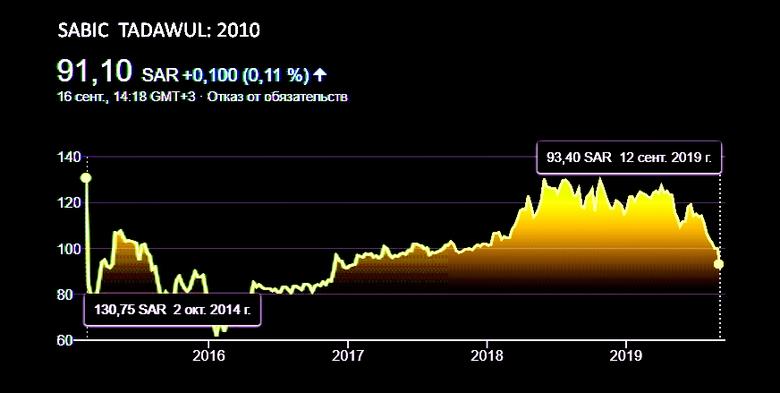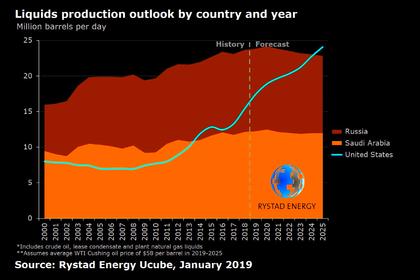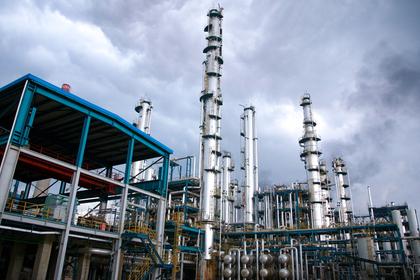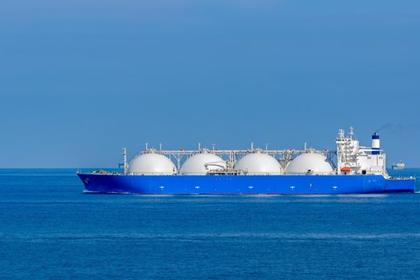
SAUDI ARABIA'S OIL RISKS

REUTERS - Dollar-denominated bonds issued by Saudi Arabia's government and state oil company Saudi Aramco tumbled to multi-week lows on Monday after a weekend attack on Saudi Arabia's oil facilities shut about 5% of global output.
Saudi Aramco's longer-dated bonds bore the brunt of the decline. The 2049 issue XS1982116136=TE fell nearly 3 cents in the dollar in early trading to its lowest since early August before recovering some of the losses, data from Tradeweb showed.
Saudi sovereign bonds also came under pressure, with longer-dated issues falling 1 to 2 cents. XS1508675508=TE XS1694218469=TE.
"Markets had become too sanguine over the last few months about the geopolitical risks facing countries allied with the U.S. against Iran, with Saudi Arabia particularly vulnerable," said Patrick Wacker at UOB Asset Management.
"While Saudi Arabia's sovereign fundamentals are still firm, bond prices will need to factor in higher geopolitical risk going forward."
The cost of insuring exposure to the government debt rose to a two-week high, with five-year credit default swaps (CDS) SAGV5YUSAC=MG jumping by 5 basis points from Friday's close to 65 bps, according to IHS Markit.
Ratings agency Moody's said the attack was "credit negative" and the production disruption significant. But it said it did not expect this to have a long-lasting effect on Saudi Aramco's financial profile, citing the company's robust balance sheet and strong liquidity buffers.
Saudi Aramco, the world's largest oil company, made its bond market debut in April with a $12 billion issue. That followed the government's 2016 debut, when it sold $17.5 billion in a record emerging-market bond sale.
Credit ratings for both Saudi Arabia's government and Aramco are in the "upper investment grade" bracket, making them popular among institutional investors such as insurance companies and pension funds who seek high-quality assets.
BlueBay Asset Management portfolio manager Kaspar Hense said he expected more downward pressure on the bond prices over the days to come.
"But the budget situation in Saudi Arabia and the long-term perspective is not as bad anymore as it was when the oil price went below $40 a barrel, so we think this is a rather short-term selloff," Hense said.
On Monday, Saudi stocks .TASI gained 0.3%, with analysts pointing to support from state institutions as well as higher oil prices supporting firms. Yet the gains only partly mitigated a 1% drop on Sunday, with the index down 0.8% since the start of the year.
Blue-chip Saudi Basic Industries Corp (SABIC) (2010.SE) gained 0.9% after tumbling nearly 3% on Sunday when the company said it had curtailed feedback supplies by about 49% following the attacks.
"The critical issues for Saudi Arabia and the global oil market are the extent of the damage and the time required to restore Aramco's oil and gas supply," said Monica Malik, chief economist at Abu Dhabi Commercial Bank, adding the short-term impact could be partly mitigated by the kingdom drawing down strategic oil reserves.
"We estimate that Saudi Arabia's fiscal deficit could widen by some 0.9-1.0% of GDP under the scenario mentioned above, though oil revenue would see some support from the higher oil price as production and exports gradually normalize."
The International Monetary Fund estimates Saudi Arabia's fiscal deficit may widen to 6.5% of gross domestic product from 5.9% in 2018. Higher government expenditure is likely to curb the upside of stronger non-oil economic growth.
Investors were also trying to gauge what impact the attack could have on Saudi Aramco's long-awaited initial public offering, which was expected later this year and slated to be the world's largest.
Malik cautioned that a meaningful withdrawal of strategic reserves to make up for lost output or delay in restoring Saudi oil production could push back the timing of the stock market debut.
"The attacks could complicate Aramco's IPO plans given rising security risks and potential impact on its valuation," Eurasia wrote in a note to clients.
-----
Earlier:















